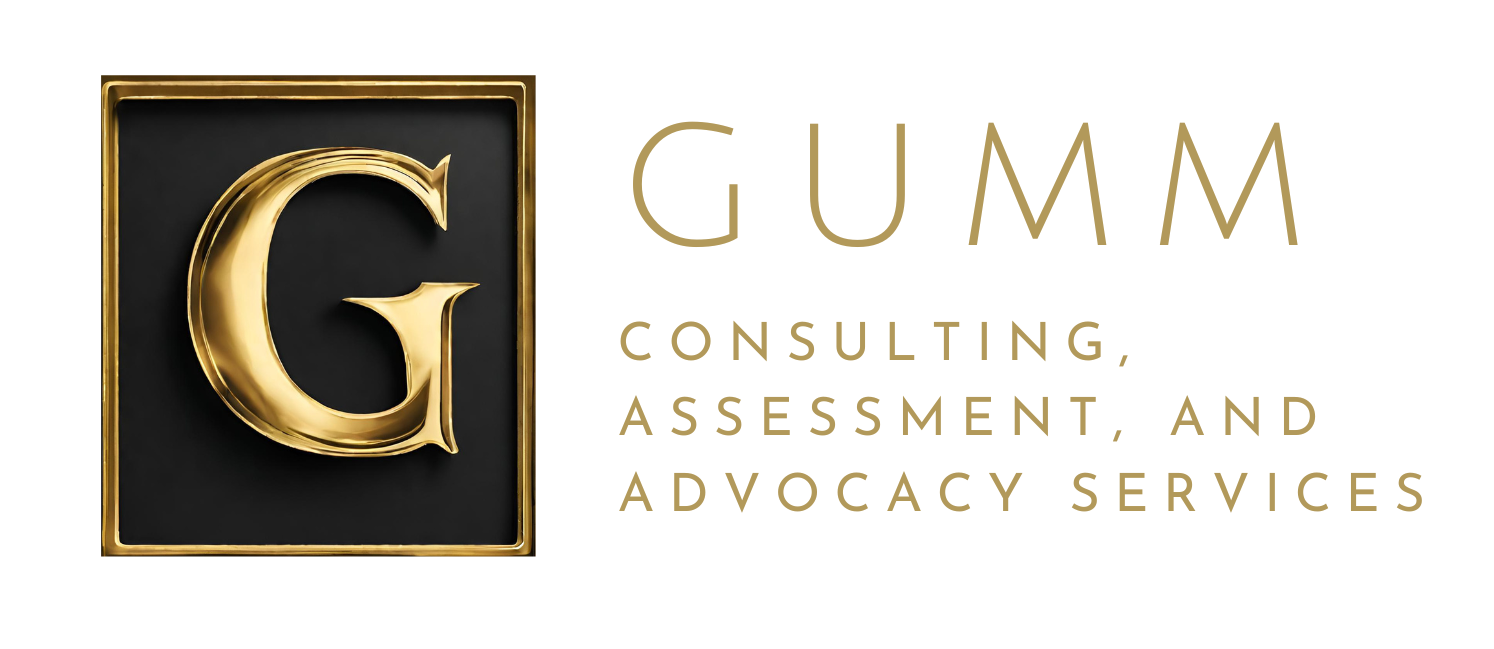FAQs
-
An Individualized Education Program (IEP) is a plan that describes the special education instruction, supports, and services that students with disabilities are legally entitled to receive. An IEP is developed by school staff members, the student's parents/guardians and the student (when appropriate). The required contents of an IEP are determined by the student's needs and age as well as federal and state laws. (ISBE)
-
RTI stands for Response to Intervention. Many schools offer interventions for students who may be experiencing difficulty academically and/or behaviorally. Further supports may be recommended if students are not responding to the interventions provided.
-
Multi-Tiered System of Support (MTSS) integrates universal screening, progress monitoring, assessment, data, and interventions within a three-tiered system to maximize student achievement and to reduce behavior problems. Within this system, schools use a problem solving approach and identify students at risk for poor learning outcomes, monitor student progress, provide evidence-based interventions and adjust those interventions based on a student’s responsiveness.
-
504 Plans are documentation of a person’s condition that significantly impacts a major life activity, and the accommodations and/or services that are needed to support that individual. These accommodations and/or services are to be provided by a school, university, and/or workplace as relevant or necessary. It comes from Section 504 of the Rehabilitation Act of 1973, and is protected under federal civil rights law.
